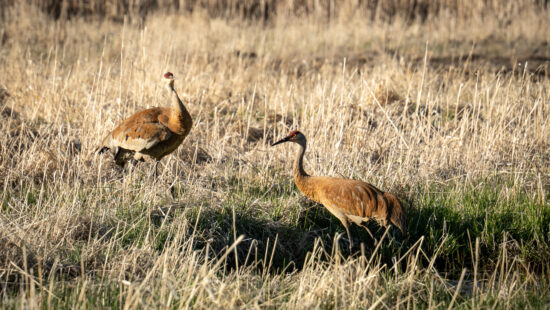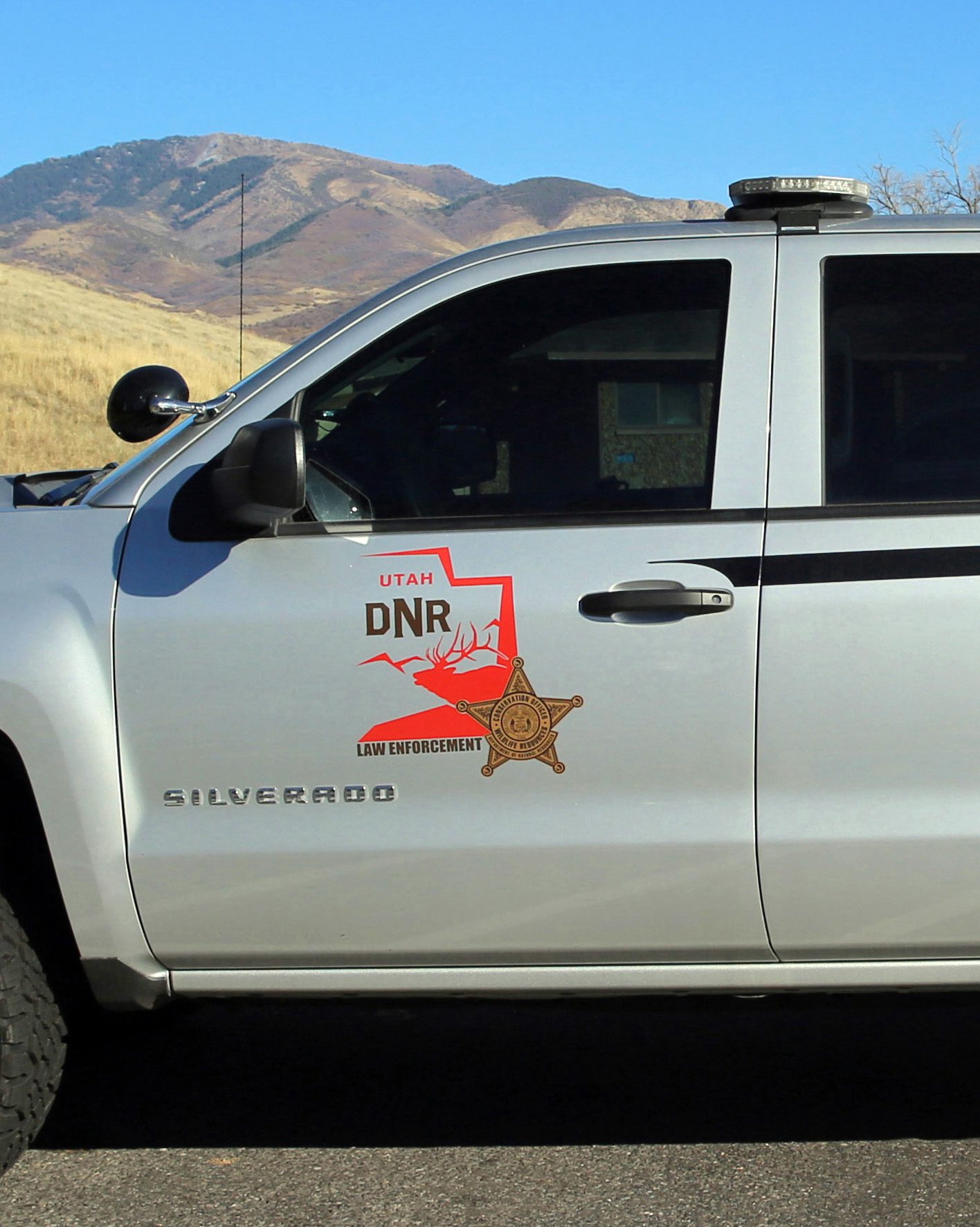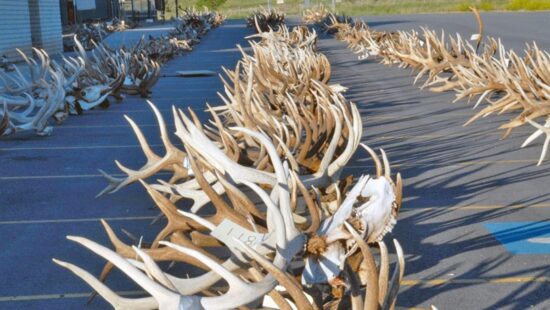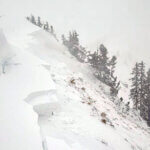Wildlife
Tips and tricks for 2023 Utah upland game hunts
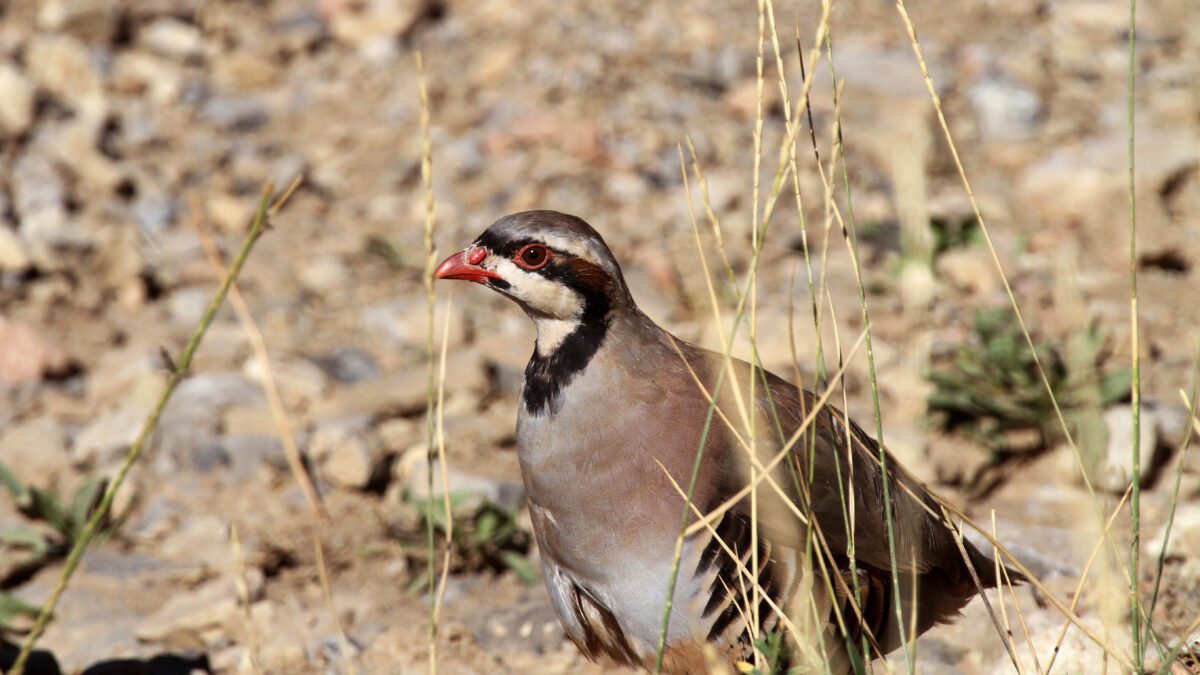
Chukar partridge. Photo: Courtesy of Scott Root // Utah Department of Natural Resources
UTAH – Doves, band-tailed pigeons, five different types of grouse, two types of partridge, cottontail rabbits, and snowshoe hares are just a few of the upland game species found in Utah. Most upland game hunts begin in early September and run through the fall, with some beginning as early as September 1.
The Utah Department of Natural Resources (DNR) released the Utah Upland Game Management Plan, which includes useful tools like distribution maps for hunters, was authorized last year to direct the management of upland game species in the state through 2032.
Here is a glance at the state of Utah’s upland game populations right now, along with some advice that will aid you during the hunts this fall, whether you want to continue a long-standing family tradition or simply try hunting a different species.
Band-tailed pigeons
While structured surveys for pigeons in Utah are not conducted by DWR biologists, the population has been relatively stable in past years.
The pigeon hunting season runs from September 1-14.
Hunting band-tailed pigeons does require a permit, but the permit is free and available on the DWR website. You also need a HIP number to hunt band-tailed pigeons. You can register for a free HIP number on the DWR website.
In southern Utah, look for band-tailed pigeons in regions with Gambel oak, aspen, and conifers. Pigeons normally rely on Gambel oak acorn output in the fall, but it has been poor in many areas of the state.
“Many Utah hunters don’t take the time to hunt band-tailed pigeons because they are a fairly secretive bird that is difficult to find,” said Heather Talley, Utah Division of Wildlife Resources upland game coordinator. “However, they can be a unique challenge and an interesting new opportunity for hunters who are willing to put the time in to find them.”
Hunters should note that Eurasian collared-doves and band-tailed pigeons are often mistaken for one another. Eurasian collared-doves are primarily located in agricultural areas, while band-tailed pigeons are typically found in forested areas. Visit the Upland Game and Turkey 2023-24 Guidebook for more details about identifying each species.
Doves (mourning and white-winged)
There are several grouse species throughout Utah: dusky grouse (also known as the blue grouse, pine hen, pine grouse and fool hen), ruffed grouse (also known as forest grouse and willow grouse), greater sage-grouse, sharp-tailed grouse and white-tailed ptarmigan.
To hunt either greater sage-grouse or sharp-tailed grouse, you need a special permit in addition to a hunting license, and the application period for those permits ended July 19. However, you can still hunt dusky and ruffed grouse and white-tailed ptarmigan this fall with just a hunting or combination license.
The majority of Utah had an increase in grouse this year as a result of the wet spring’s contribution to above-average spring hatches. Here are the population projections for each region of the state, along with information on where hunters should expect to find ptarmigan, dusky grouse, and ruffed grouse:
Central Utah: Dusky grouse can be found in the Oquirrh, Stansbury, Sheeprock, Deep Creek, Nebo and Manti mountains, and their numbers seem to be higher this year due to healthy spring hatches. DWR biologist surveys have also found that ruffed grouse numbers have increased this year in the Wasatch West area.
Northern Utah: While heavy snowfall in northern Utah seems to have impacted winter survival rates and nesting behavior for sharp-tailed grouse and sage-grouse, hunters should expect to see similar or increased numbers of ruffed grouse in northern Utah this year as last year. Dusky grouse can be found in the Raft River Mountains. Ptarmigan can be found in high-elevation mountain areas in Summit County.
Northeastern Utah: Sage-grouse numbers increased slightly this year in the northeastern part of the state, and ruffed grouse numbers look similar to last year. However, the grouse habitat is looking healthier due to this summer’s monsoon rains. Ptarmigan are also found in northeastern Utah in the Uinta Mountains, typically above the timberline. Heavy snowfall may have decreased their population numbers this year, but additional moisture will likely result in an increase of broods this year as well.
Southern Utah: DWR biologist surveys have found that sage-grouse numbers are significantly increasing in the Boulder Mountain area; however, there are very few ruffed grouse in that area. Hunters can find dusky grouse in the Zion, Pine Valley and the southwest desert areas. The Beaver and Fillmore areas also both have healthy populations of dusky grouse. The number of ruffed grouse in the Monroe and Fishlake areas should be similar to last year. However, there are not many ruffed grouse in that area.
Southeastern Utah: DWR biologists’ surveys found that brood production was good this year and above average throughout most of the southeastern part of the state. Brood size generally dictates hunter success for ruffed grouse. Hunters should expect hunting conditions to be better than the past two years.
Dusky grouse are about the size of a chicken and have drab brown and gray coloring. Their tail feathers are black except for the tips, which have a lighter gray color, and look like a wide band when the tail is fanned.
Ruffed grouse are gray and red and have a group of black feathers on the sides of their neck. Their tail feathers are the same color as their body, but have a dark black band near the end. Ruffed grouse can be found in stands of aspen, particularly young aspen.
The aspen stands that also have shrubs with berries and a water source are the best places to spot a ruffed grouse. Hunters can also find ruffed grouse in mahogany patches.
For more tips on distinguishing between dusky and ruffed grouse, visit this Utah State University Extension link.
“Hunters who can locate the areas with the most berries should find good concentrations of grouse,” Talley said. “The birds migrate upslope as the season progresses and can be found in high-elevation conifer forest areas by early October.”
Partridge (chukar and gray)
What hunters need to know about chukar hunting in each region of the state is as follows:
Central Utah: Tooele County offers some of the best chukar hunting in Utah, with several populations in a variety of mountain ranges and lots of accessible public land. Rocky slopes west of I-15 contain the highest densities of birds. DWR biologist surveys show that the chukar numbers in the West Desert ranges and Manti and Nebo areas are above average this year.
Northern Utah: There was a decrease in the number of adult chukars that survived the severe winter and heavy snowfall in several parts of northern Utah. However, the wet spring provided great breeding and nesting conditions, and spring hatches were above average in Box Elder County. Because of these conditions, hunters can expect a better hunting season than last year in that area. Hunters can also locate birds in the western part of Cache County and also on portions of the Bear River Mountain Range. Pen-reared birds are released each year before the hunt on the East Canyon and Henefer-Echo wildlife management areas. Check the DWR website to see where chukars will be released across northern Utah prior to the hunts.
Northeastern Utah: This area of the state doesn’t typically have a lot of chukar partridge. Chukar numbers are up slightly from last year, but still below normal.
Southern Utah: Hunters can typically find chukars in the mountain ranges in Washington, Beaver and Millard counties, including the Oak Creek, Crickets and House ranges. Chukars can also be located in the foothills along the west side of the Monroe Mountains and in the rocky slopes of Kingston Canyon. Check the DWR website to see where chukars will be released across southern Utah prior to the hunts.
Southeastern Utah: Look for chukars in the cliff areas along the Price and Green rivers and near the face of the Book Cliffs. DWR biologist surveys show that brood production was above average for the second year in a row in the southeastern part of the state, and hunting should be better than the past several years.
Hunters should concentrate on locations with water as well as steep slopes with boulders and bunch grass, sagebrush, or cheatgrass. The earliest hours of the morning are ideal for chukar hunting because this is when they feed and are most loud, making them the easiest to locate.
“If one of the birds sees you while the rest are feeding, it will call out to alert the others, helping you locate the rest of the group,” Talley said. “You may increase your success rate hunting near water, but chukars aren’t completely dependent on water, and rely on it even less later in the year. Once winter hits, hunt the south-facing slopes, where the sun will be melting snow and warming the rocks, making it a good area for chukars.”















